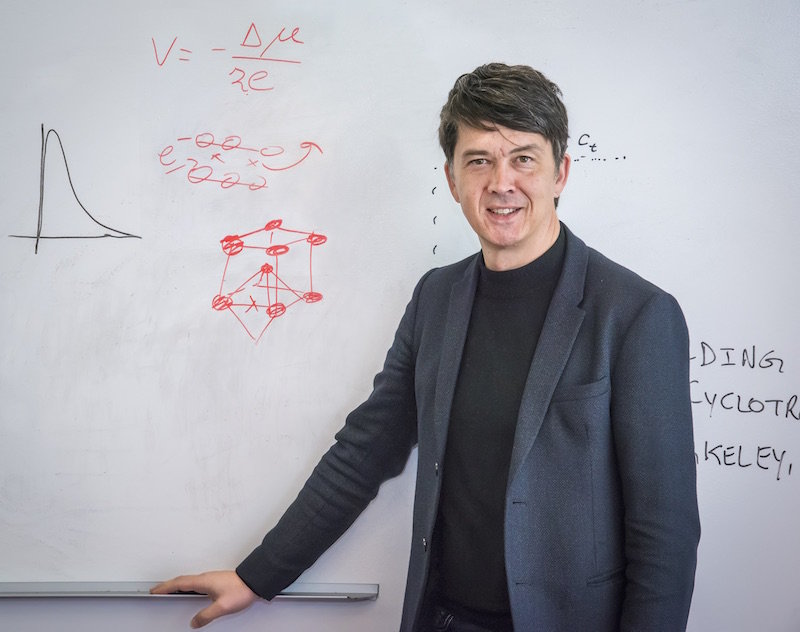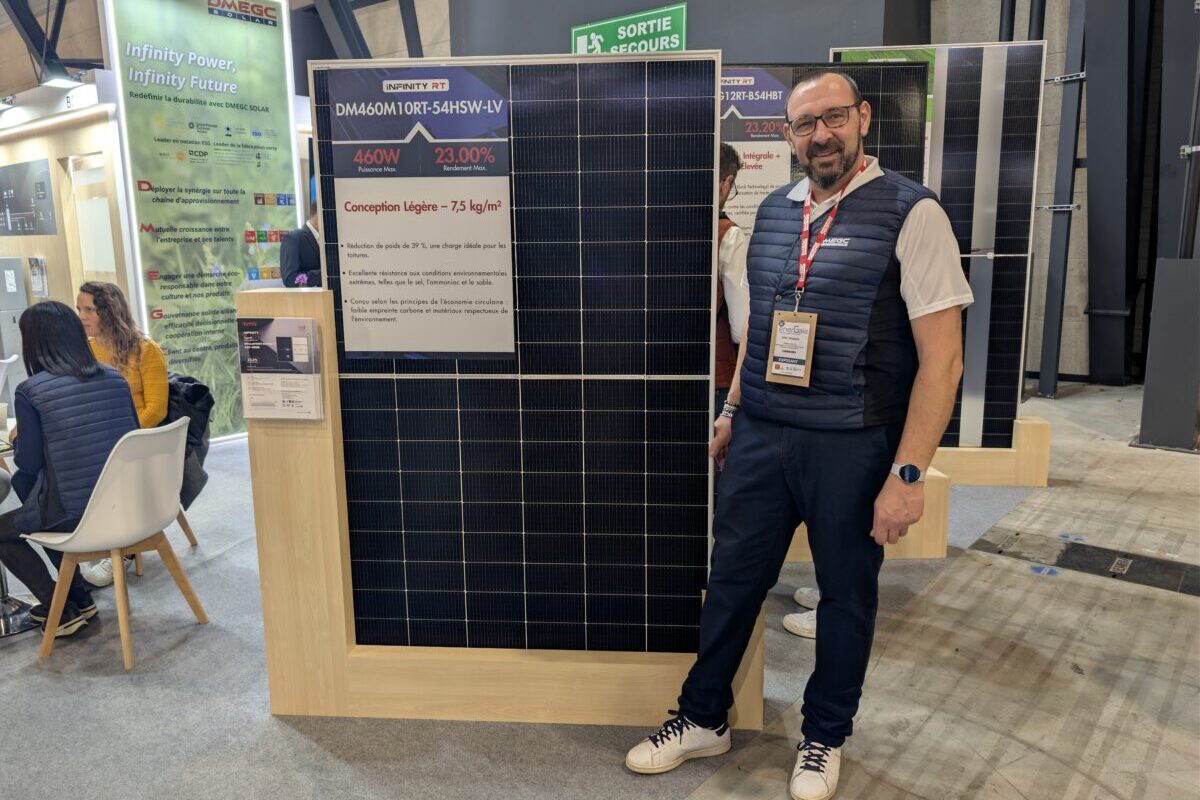Several years ago, the team at Berkeley had discovered that certain types of disordered material could store more lithium when used as a cathode than current ‘ordered’ materials which layer the lithium and transition metal particles more nearly.
Up to now, research into these materials has proceeded haphazardly, through testing based on trial and error. Research published this week in the journal Physical Review Letters, however, outlines a set of criteria for the production of useful disordered structures for cathode materials.
“Discovering new disordered materials has been mostly driven by trial-and-error, and by relying on human intuition,” explains Alexander Urban, lead author of the paper ‘The electronic structure origin of cation disorder in transition metal-oxides. “Now we have for the first time identified a simple design criterion to predict novel disordered compositions. The new understanding establishes a relationship between the chemical species, local distortions of the crystal structure, and the tendency to form disordered phases.”
As well as having the potential for higher capacities than current lithium battery technologies, the cathodes could also allow scientists to work with a wider range of materials and, crucially, to avoid the use of cobalt – a relatively rare substance with a highly problematic supply chain. According to the Berkeley lab, disordered materials have already been producing using chromium, titanium and molybdenum.
“We want the ability to have more compositional freedom, so we can tune other parameters,” said Gerbrand Ceder, Senior Faculty Scientist at the Berkeley Lab. “There are so many properties to optimize, there’s so much that goes into taking a battery material to a commercial stage. Now we have a recipe for how to make these materials.”
Fluorination
Ceder’s research group also published a further advance in lithium battery technology, demonstrating that disordered materials can also be fluorinated, a process which further increases capacity, improves stability and reduces fire risk.
This research was outlined in the paper ‘Mitigating oxygen loss to improve the cycling performance of high capacity cation disordered cathode materials’, published in the journal Nature Communications.
“New cathode materials is the hottest direction in Li-ion batteries, explained Ceder. “To get more improvements in energy storage there are only a few directions to go. One is solid state batteries, and the other is to keep improving the energy density of electrode materials. The two are not mutually exclusive, this research line is definitely not exhausted yet.”
This content is protected by copyright and may not be reused. If you want to cooperate with us and would like to reuse some of our content, please contact: editors@pv-magazine.com.




This could be good. When will they be in production?
within 20 years